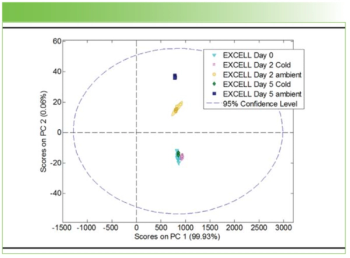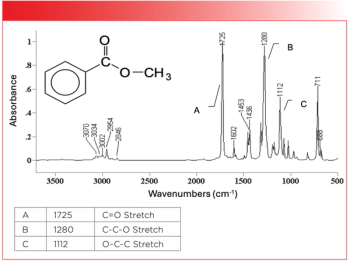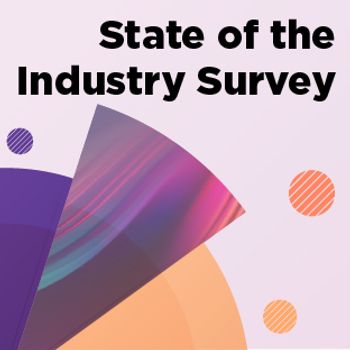
Diversity Alliance for Science Hosts Networking Conference and Expo
Diversity Alliance for Science will hold its Fourth Annual Networking Conference and Expo on May 17?18, 2011, in Newark, New Jersey,
Diversity Alliance for Science will hold its Fourth Annual Networking Conference and Expo on May 17–18, 2011, in Newark, New Jersey. The two-day event will showcase senior government officials, pharmaceutical executives, and CEOs of scientific and clinical businesses, and feature personal networking, relationship building, and collaboration opportunities.
Diversity Alliance for Science supports, mentors, and develops minority-, women-, disabled-, small disadvantaged-, HUBZone-, veteran/service-disabled-, and LGBT-owned businesses in the life science industry. It also works to build relationships between these businesses and government agencies, pharmaceutical firms, biotech companies, and academic medical centers. The primary focus of Diversity Alliance for Science is to identify, develop, and increase spending with diverse suppliers in the life science industry.
This year’s Conference is supported by GlaxoSmithKline, Merck, Amgen, Pfizer, ExecuPharm, Fisher Scientific, Guard Dog Brand Development, Henry Schein, Inc., Johnson & Johnson, Sanofi-aventis, Novartis, Eli Lilly and Company, Abbott, Genentech, VWR International, Daiichi-Sankyo, The Takeda Oncology Company, ISM Pharmaceutical Forum, Bogier Clinical & IT Solutions, Inc., A10 Clinical Solutions, Inc., Liberty IRB, Inc., Bright Pharmaceutical Services, Research Assist, Inc., Integrated Resources, Inc., US Tech Solutions, Drug Safety Alliance, Inc., Caligor Rx, Ancillare Global Clinical Strategies, Spectraforce, and East Hill Video.
Newsletter
Get essential updates on the latest spectroscopy technologies, regulatory standards, and best practices—subscribe today to Spectroscopy.





